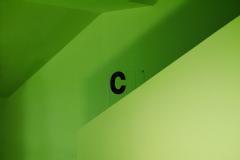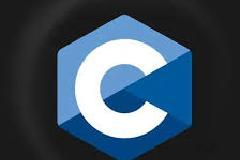The C Programming Course is a comprehensive program designed to teach individuals the fundamentals of the C programming language. C is a widely used programming language known for its efficiency and versatility, and it serves as the foundation for many other programming languages and software systems.
Here is an outline of the typical content covered in a C Programming Course:
-
Introduction to C: This section provides an overview of the C programming language, its history, and its applications. Students learn about the basic structure of a C program and the compilation process.
-
Variables and Data Types: Students learn about different data types in C, such as integers, floating-point numbers, characters, and strings. They explore variable declaration, initialization, and assignment, as well as basic operations on variables.
-
Control Flow: This section covers the control flow structures in C, including conditional statements (if-else and switch-case) and loops (for, while, and do-while). Students learn how to use these structures to control the flow of execution in their programs.
-
Functions: Students learn how to define and use functions in C. They explore function declaration, parameter passing, and return values. Students also learn about function prototypes and how to create modular and reusable code using functions.
-
Arrays: This section covers the use of arrays in C. Students learn how to declare and initialize arrays, access individual elements, and perform operations on arrays such as sorting and searching.
-
Pointers: Pointers are a fundamental concept in C, and this section provides an in-depth understanding of how they work. Students learn about pointer variables, memory addresses, pointer arithmetic, and how to use pointers to manipulate data and optimize code.
-
Structures and Unions: Students explore the concept of structures and unions in C. They learn how to define and use structures to represent complex data structures and create user-defined data types.
-
File Handling: This section covers file input/output operations in C. Students learn how to open, read, write, and close files. They also learn about file modes, error handling, and sequential and random file access.
-
Dynamic Memory Allocation: Students learn how to dynamically allocate memory using functions such as malloc(), calloc(), and realloc(). They explore the concepts of memory management and deallocation to prevent memory leaks.
-
Preprocessor Directives: This section covers the use of preprocessor directives in C. Students learn about macros, conditional compilation, and include files to customize and optimize their programs.
Throughout the course, students engage in hands-on coding exercises and projects to reinforce their understanding of the concepts. They work on progressively challenging assignments to apply their knowledge and develop problem-solving skills.








